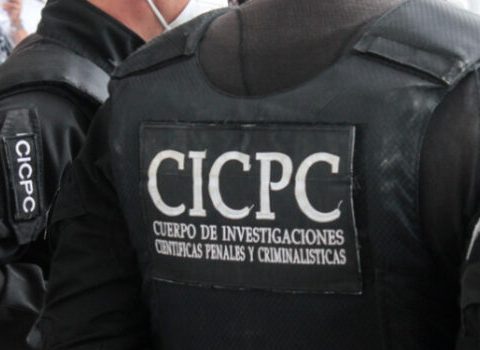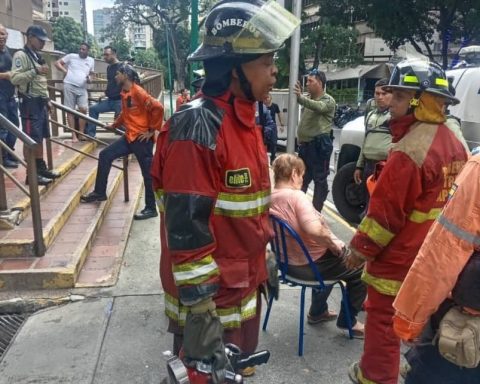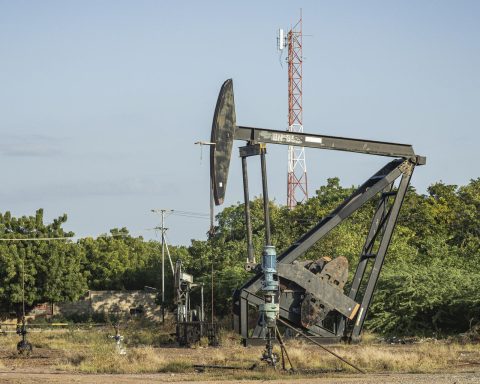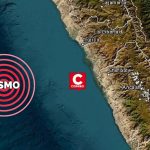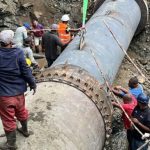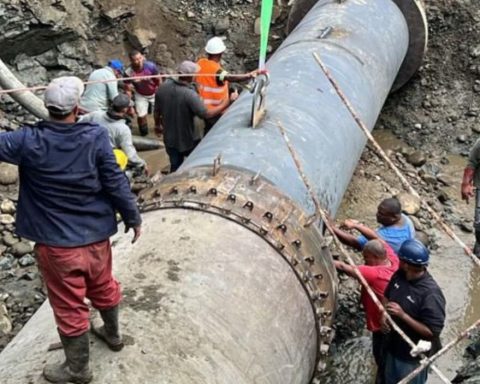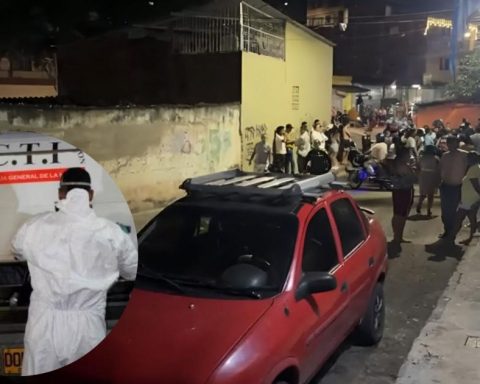The Ibagué Superior Court ordered Colombian President Iván Duque under house arrest for five days for disobeying a court order to protect the Los Nevados National Natural Parklocated in the Eje Cafetero region, declared as “subject of law” in 2020.
The sanction is due to the contempt of an order that had been issued by the Labor Cassation Chamber of the Supreme Court of Justice, which declared the Nevados National Natural Park as a subject of rights.
According to the sentence published by local media this Saturday, allegedly the government headed by Duque has not complied with the creation of a Special Command of the Public Force for environmental crimes in that national park.
The court order ordered “to impose a measure of house arrest for five days as a sanction”, for whose compliance the director of the Colombian Police or the superior who attends the functions in the Palacio de Nariño, seat of the Executive.
The high court also ordered that a fine of fifteen current monthly legal minimum wages be imposed on the Colombian head of state “unless compliance with the order held as fulfilled is previously proven.”
Why did they order this measure against Duque?
In December 2020, the Supreme Court of Justice gave the national, departmental and local authorities a peremptory period of one year to implement a joint plan for the recovery, maintenance, management and conservation of the Los Nevados National Natural Park, which considered as a subject of rights to life, health and environment.
The Park is made up of five snow-capped peaks: Ruiz, Tolima, Cisne, Santa Isabel and Quindío and covers land in the departments of Caldas, Quindío, Risaralda and Tolima, in the center of the country.
At the time, the Court ordered President Duque, Natural Parks and the departments of Caldas, Quindío, Risaralda and Tolima to prepare a joint plan to “recover, maintain and conserve the Nevados National Park.”
In addition to housing ecosystems of moors and high Andean forests, which are characterized by the presence of three snow-capped volcanoes that make it visible throughout the Eje Cafetero ecoregion.
Likewise, it has a represented water potential, since it has more than 100 micro-basins that supply aqueducts, and lakes, lagoons, dams and groundwater.


